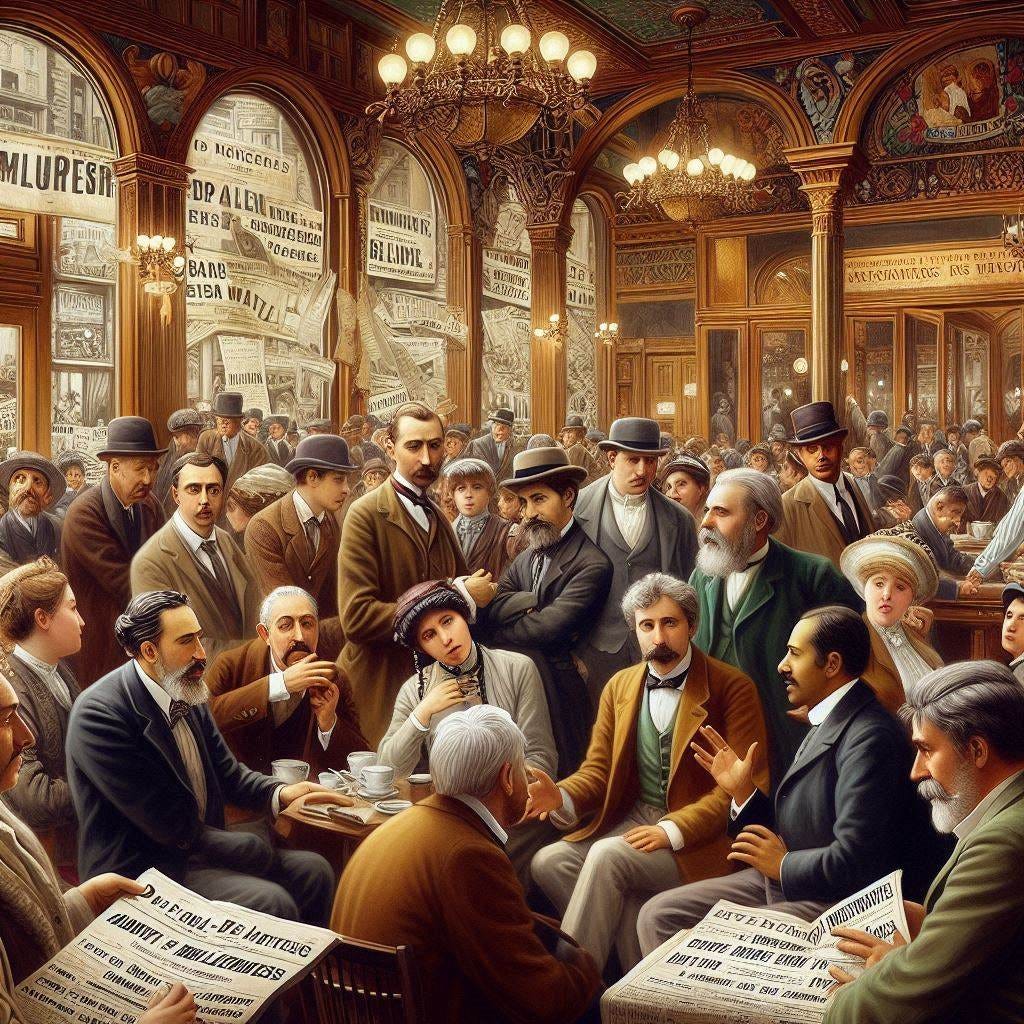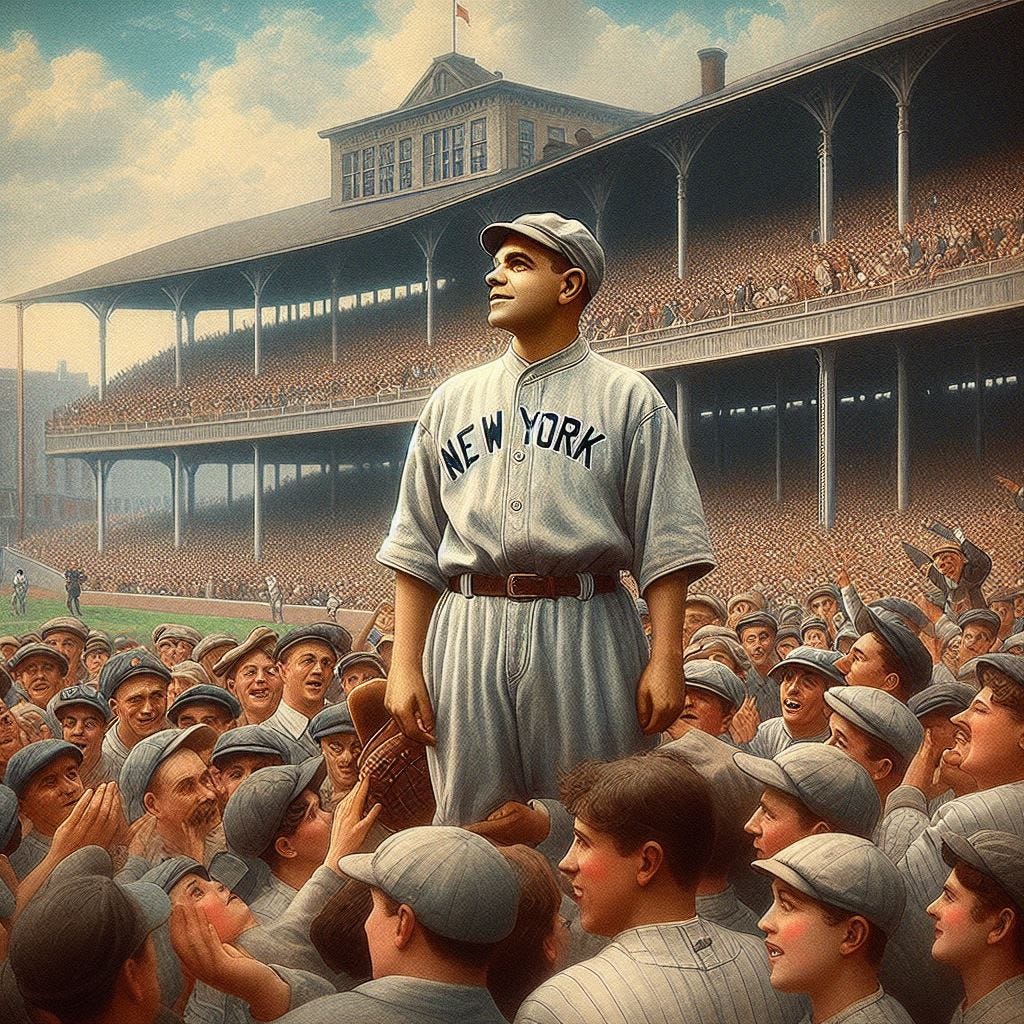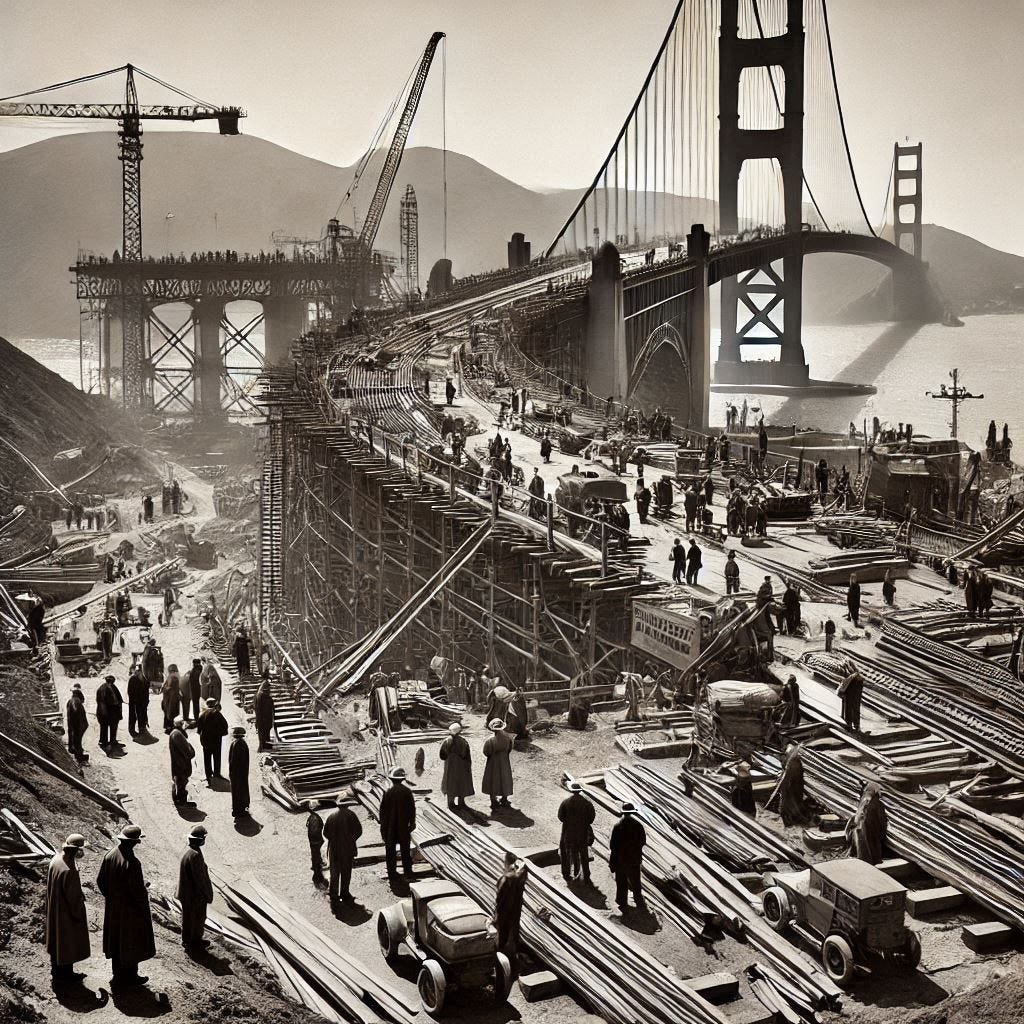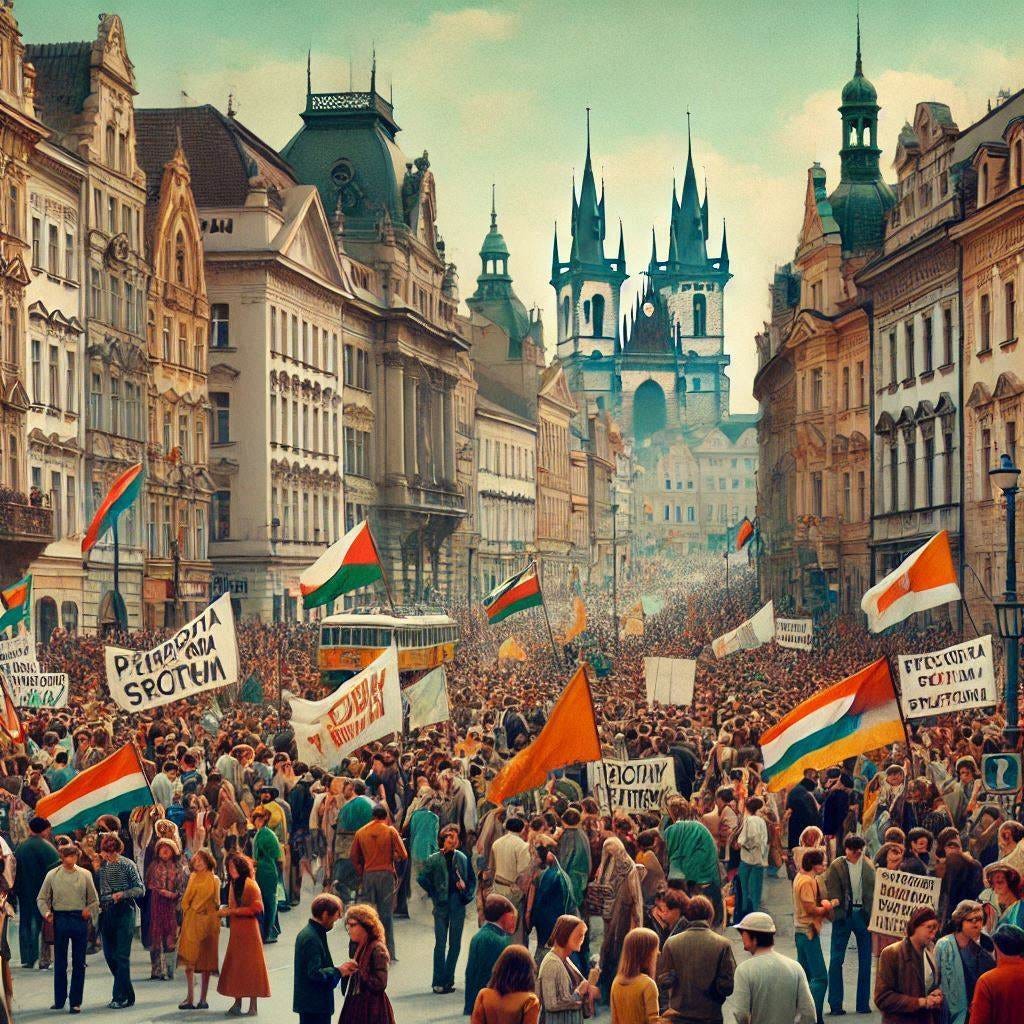The Mysteries of History (January 5 Edition)
Injustice, The Sultan of Swat, International Orange, and Czech it Out
1895— Dreyfus Affair
Anti-semitism doubtless played a role in French military officer Alfred Dreyfus being accused of treason. When it later became clear that another man was actually the one who had been passing secrets to the Germans, that man (Ferdinand Esterhazy) was quickly found innocent by a biased court. Enraged by this injustice, French author Émile Zola published an article entitled “J’Accuse” (meaning “I accuse”), which sold 200,000 copies in one day. Despite popular support, Dreyfus was convicted and was not exonerated until 1906.
Questions: What happened to Esterhazy? What happened to Hubert Henry, who had originally accused Dreyfus but later admitted he had forged “evidence” against him? What were the results for France, its military, and social conditions in France as a result of the fallout from this incident?1920 — Yankees Buy the Babe
On this date in 1920, the New York Yankees acquired George Herman “Babe” Ruth from the Boston Red Sox for $125,000. Adjusting for inflation, that equates to almost two million dollars in 2025 ($1,971,831.25, to be precise).
Questions: How many homeruns did Babe Ruth hit in his career? How many times did he strike out? How long did he hold the career homerun record? How old was Ruth when he died? What position did Ruth play? Was the Baby Ruth candy bar named for Babe Ruth?1933 — Construction Begins on The Golden Gate Bridge
When the Golden Gate Bridge was built, its 4,200 foot long (equivalent to fourteen football fields) center span was almost twice as long as the next longest. It opened on May 27, 1937.
Questions: How much did it cost to build the Golden Gate Bridge? When was it completed? How many cars pass over it on an average day?1968 — Prague Spring
Although January 5th is at the start of winter (which officially begins with the winter solstice about two weeks earlier, on December 21st), this day in 1968 was considered the start of what was later termed “Prague Spring,” a short-lived period of reforms and increased freedom in the communist country. The leader who brought it about, Alexander Dubcek, called it “communism with a human face.”
Questions: How long did "Prague Spring" last — from January 5, 1968 to when? Who was Alexander Dubcek, and how was it that he replaced Antonin Novotny as ruler of Czechoslovakia? How long did Dubcek remain in that role as leader of the country? Why did the loosening of restrictions only last for a short time? When did Czechoslovakia (now the Czech Republic or Czechia) break free from communist rule, and how?








